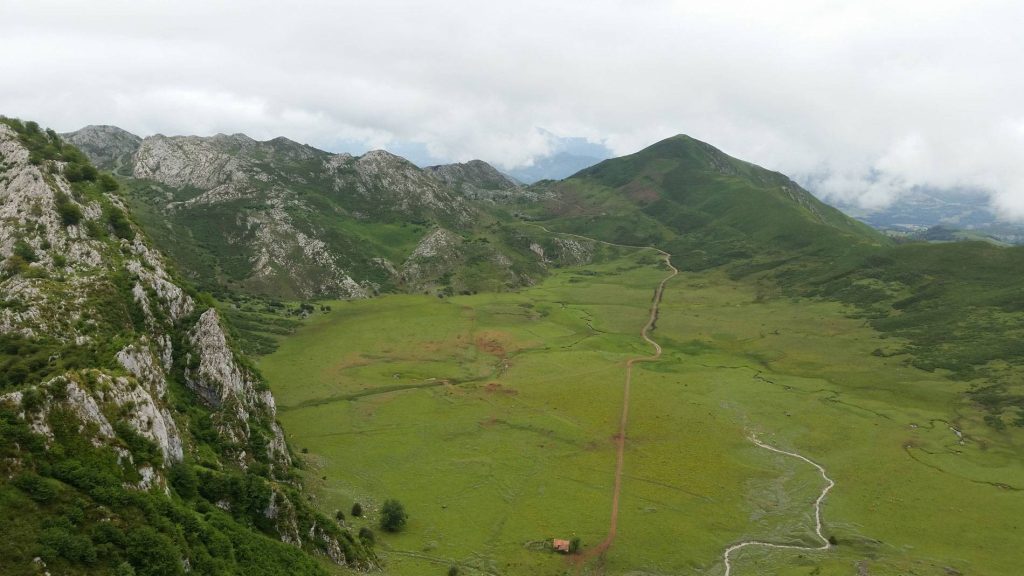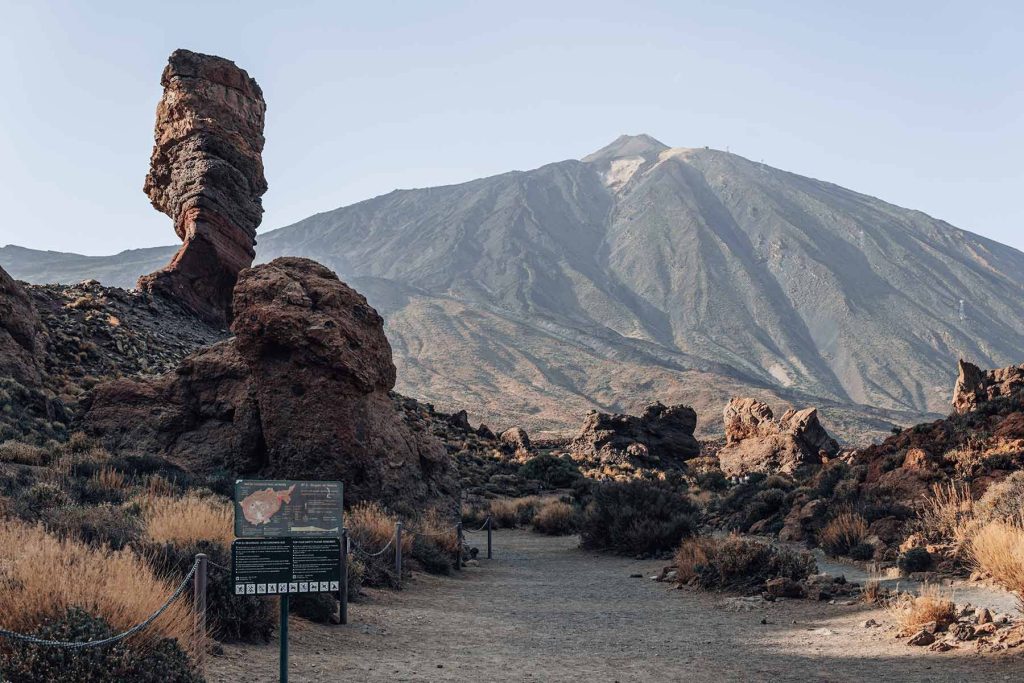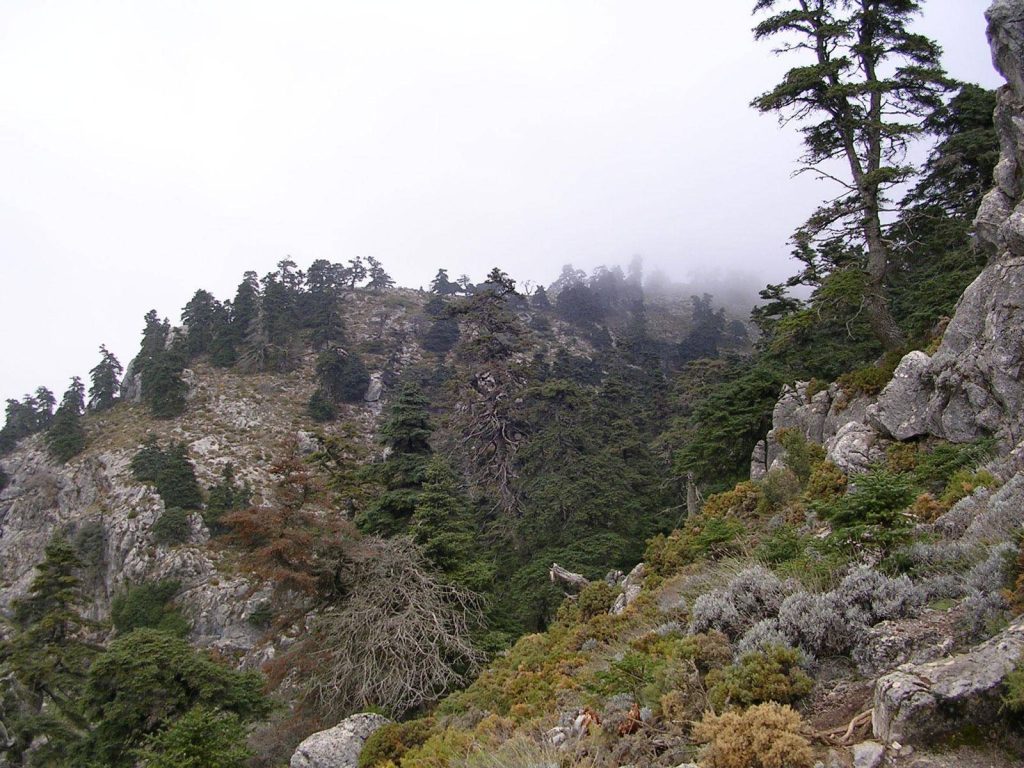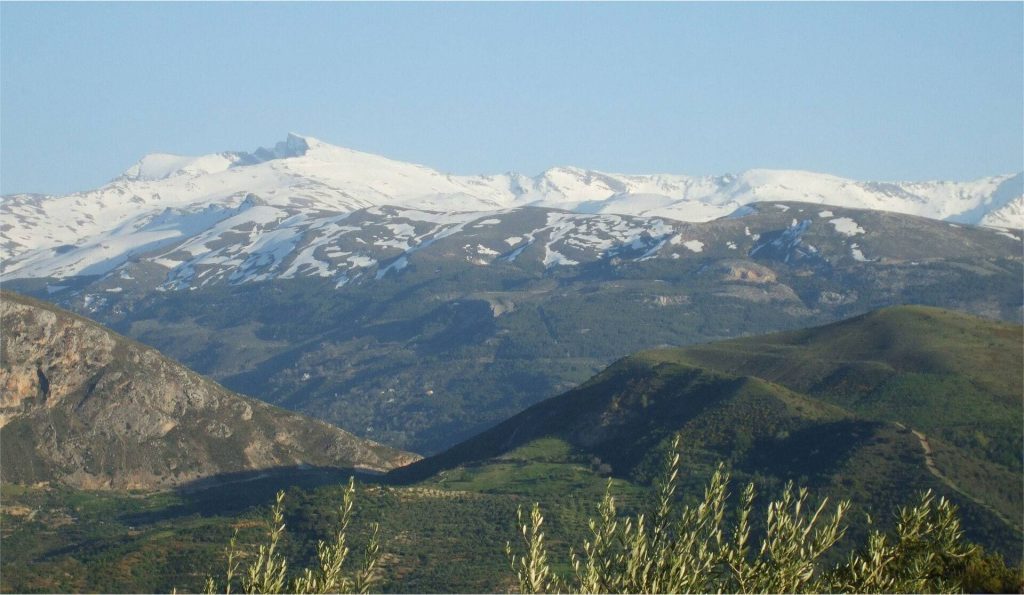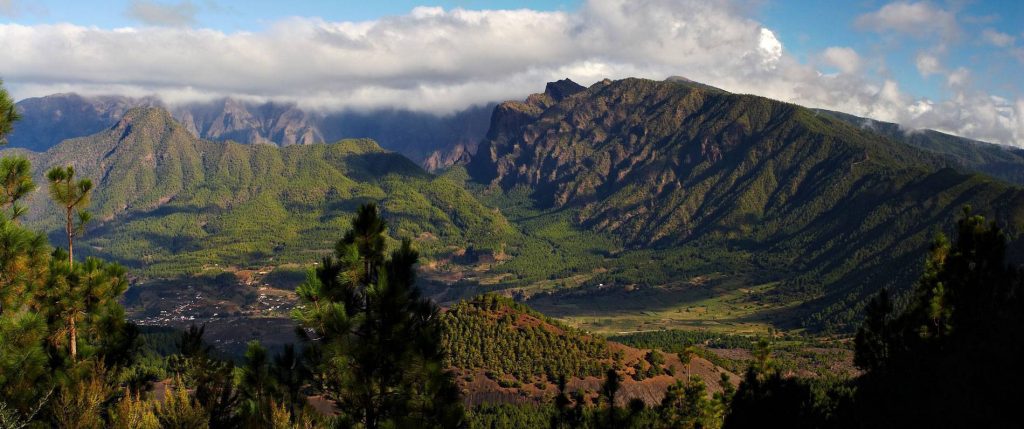Located in northern Spain, the Picos de Europa National Park is a must-visit destination for those looking to immerse themselves in spectacular mountain landscapes, enjoy biodiversity, and explore local traditions.
The protected area of the Picos de Europa is characterized by its towering mountain landscapes, rich biodiversity, and deep connection with local history and culture. It offers activities to explore its hiking trails, discover the native flora and fauna, and experience the incredible mountains.
In this article, we will explore the most relevant aspects of the park, from its geography and climate to the activities it offers visitors of all ages both inside the park and in its surroundings.
Content
Introduction to Picos de Europa National Park
Brief history and designation as a national park
Picos de Europa National Park was established in 1918, becoming one of the first national parks in Spain. Originally known as Covadonga Mountain National Park, its size and protection have grown over time, preserving an area that covers more than 67,000 hectares, including the famous Covadonga Lakes.
Picos de Europa National Park is one of the first national parks in Spain, created in 1918, and spans the regions of Asturias, Cantabria, and Castilla y León. With its rugged peaks, deep valleys, and alpine landscapes, this park stands out not only for its natural beauty but also for its historical and cultural significance. It is a refuge for numerous species of fauna and flora, as well as being a key destination for ecotourism and nature conservation in Europe.
Geographic location and extent
This park stretches across three autonomous communities: Asturias, Cantabria, and Castilla y León. The Picos de Europa are part of the Cantabrian Mountain Range, and the landscape is marked by abrupt terrain, with high mountains exceeding 2,600 meters, deep valleys, and crystal-clear rivers.
Natural Features
Landscape and geological formation
The Picos de Europa are the result of millions of years of tectonic activity and glacial erosion. The mountainous terrain is mainly composed of limestone, which has allowed for the formation of spectacular gorges, ravines, and sinkholes. This rugged environment offers a mighty panorama that captivates nature and adventure enthusiasts.
Most representative peaks and mountains
Among the most notable mountains are Naranjo de Bulnes, Peña Santa de Castilla, and Torre Cerredo, the highest peak in the park. These summits are iconic for mountaineers and offer challenges for both experienced hikers and beginners.
Rivers, lakes, and aquatic areas
The park is traversed by several important rivers, such as the Sella, Cares, and Duje, which have carved out impressive canyons. Additionally, the Covadonga Lakes are a highlight of the park, where the reflection of the mountains in the water creates unforgettable landscapes.
Flora of the Park
Endemic and characteristic plant species
The park’s flora varies by altitude. In the lower areas, oak, beech, and ash forests dominate, while in the alpine zones, grasslands and plants adapted to the harsh mountain conditions are found. The park is home to endemic species such as the Picos daffodil and the Asturian lily.
Wooded areas and alpine meadows
The wooded areas are home to a rich diversity of species, and the alpine meadows, especially in spring, are covered with wildflowers that provide a unique visual spectacle for visitors.
Fauna of the Park
Native mammals and birds
The park is home to iconic species such as the Cantabrian brown bear and the Iberian wolf. You can also find chamois, deer, and roe deer in the higher areas. As for birds, the golden eagle, griffon vulture, and Cantabrian capercaillie are some of the most notable.
Endangered animals
Among the endangered species in the park is the brown bear, whose population is slowly recovering thanks to conservation efforts by the Spanish government. Protecting their natural habitat is key to ensuring the survival of these species.
Activities and Hiking
Hiking trails and difficulty
The Picos de Europa offers a wide variety of hiking trails for all levels. One of the most popular is the Cares Route, which runs through a gorge along the Cares River. Other routes, like the ascent to Naranjo de Bulnes, require more preparation and are ideal for experienced mountaineers.
Outdoor activities (climbing, spelunking, wildlife observation)
In addition to hiking, the park is an excellent location for climbing, with numerous natural walls such as those of Naranjo de Bulnes. Spelunking is also popular, as the Picos de Europa is home to some of the deepest caves in Spain. Wildlife observation is another appealing activity, with opportunities to spot large birds of prey and mammals in their natural habitat.
Recommended excursions and activities
Culture and Traditions in the Picos de Europa
Nearby villages and their relationship with the park
The villages surrounding the park, such as Cangas de Onís and Potes, maintain a strong connection with their natural environment. Rural life in this region is deeply rooted in history and is reflected in the traditional architecture, local festivals, and the agricultural and livestock-based way of life.
Local cuisine
The cuisine in the Picos de Europa is known for its simplicity and authentic flavor. The region’s cheeses, such as the famous Cabrales, are emblematic of the area. Dishes like Asturian fabada and cocido lebaniego are also specialties not to be missed during your visit.
Access and Recommendations for Visiting
Best times of the year to visit
Picos de Europa National Park can be visited at any time of the year, but the spring and autumn months are the most recommended due to their mild temperatures and the beauty of the landscape in full bloom or with autumnal colors. In winter, the trails can be dangerous due to snow and ice, requiring a higher level of preparation.
How to get there and available tourist services
The park has multiple access points from Asturias, Cantabria, and Castilla y León. Public transportation services are available from nearby major cities, and in the more tourist-heavy areas, you can find rural accommodations, camping areas, and tourist guides offering personalized excursions.
